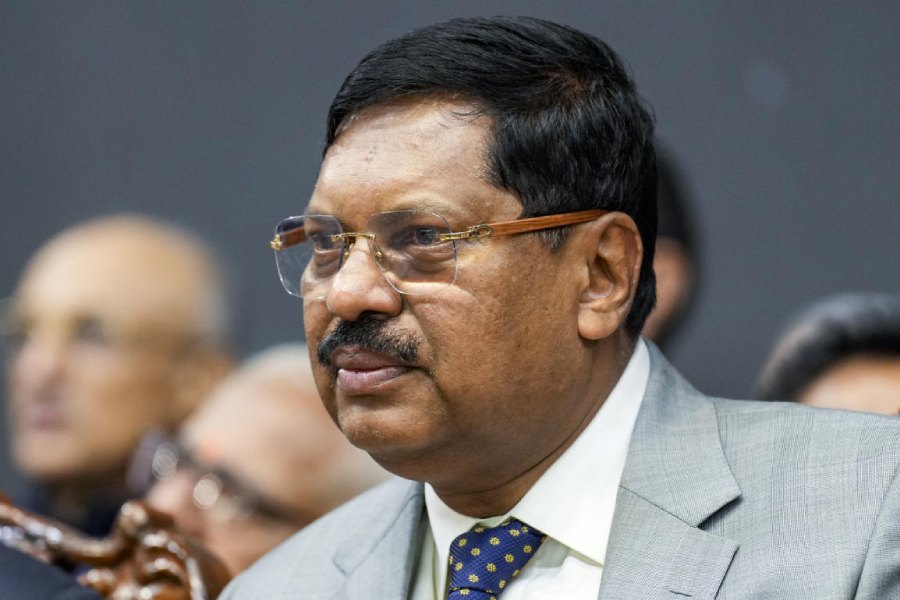 |
| Colour bloom |
New Delhi, Oct. 9: Government scientists in Calcutta and a technology company in Kerala have jointly developed the first indigenous microscope that generates 3D images of objects, exploiting a principle that gives peacock feathers their colourful sheen.
The confocal microscope to be made by Vinvish Technologies uses a technology from the Central Glass and Ceramics Research Institute, Calcutta, in a research effort the company and institute say is in line with Prime Minister Narendra Modi’s “Make-in-India” mantra.
Confocal microscopes, which produce 3D images, are widely used in life science and materials science laboratories around the world. The India-made one, the country’s first home-grown confocal microscope, is intended for sale in the domestic and foreign markets, senior institute and company officials have said.
“This product, based on indigenous technology, will provide a cost advantage to users while offering comparable microscopy performance,” said Ramadas Pillai, chief technology officer with Vinvish, a Thiruvananthapuram-based optics company.
Confocal microscopes, which now have to bought from foreign vendors, typically cost about Rs 4 crore each. Suresh Nair, the company’s chief consultant, said the India-made instrument could be priced at about Rs 1.5 crore.
The instrument uses a key component called the “supercontinuum source”, a kind of optical fibre designed by scientists at the Calcutta institute. It makes use of a principle of light scattering similar to that which gives peacock feathers their bright colours.
“The colours in the peacock feathers don’t come from dyes, it’s the scattering of light,” institute director Kamal Dasgupta told The Telegraph. “This technology uses a similar principle of light scattering.”
The supercontinuum source uses a glassy material called photonic crystals to split a source of light into a continuum of wavelengths. Scientists then use specific sets of these wavelengths to microscopically scan their objects of interest — whether living cells or semiconductors or nanomaterials.
Vinvish has signed a pact with Nuphoton Technologies, a California-based company that specialises in optics and fibre lasers, for global marketing of the product, Nair said. He declined to speculate how the company hopes to sell the instrument outside India.
“I’m thrilled to see this — a tremendous example of a research centre collaborating with a technology industry,” said K. Vijay Raghavan, Union secretary for biotechnology as well as science and technology, who was not associated with the product’s development.
The Calcutta institute and Vinvish spent two years developing the product. The institute provided the supercontinuum source and associated hardware, while the company integrated the product and developed software to integrate multiple microscopic scans into 3D images.
The instrument was developed under the New Millenium Indian Technology Leadership Initiative, a programme launched by the Council of Scientific and Industrial Research over a decade ago to encourage research laboratories and companies to jointly develop technologies for domestic and foreign markets.










